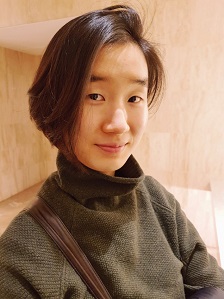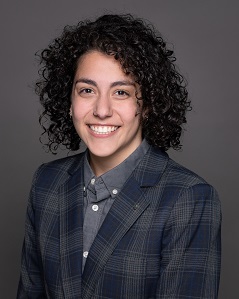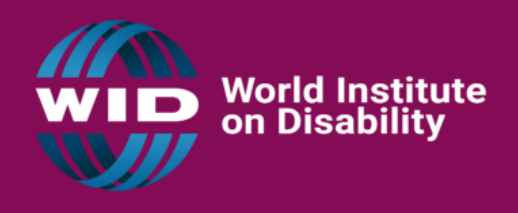
Tips for Writing a VSA Program Site Proposal 2024-2025
The Office of Accessibility and VSA seeks arts, education, and cultural organizations to provide accessible, arts-based education experiences to students with disabilities, pre-kindergarten through grade 12. Organizations are invited to submit proposals to implement VSA Programs. Read more about the proposal process.











